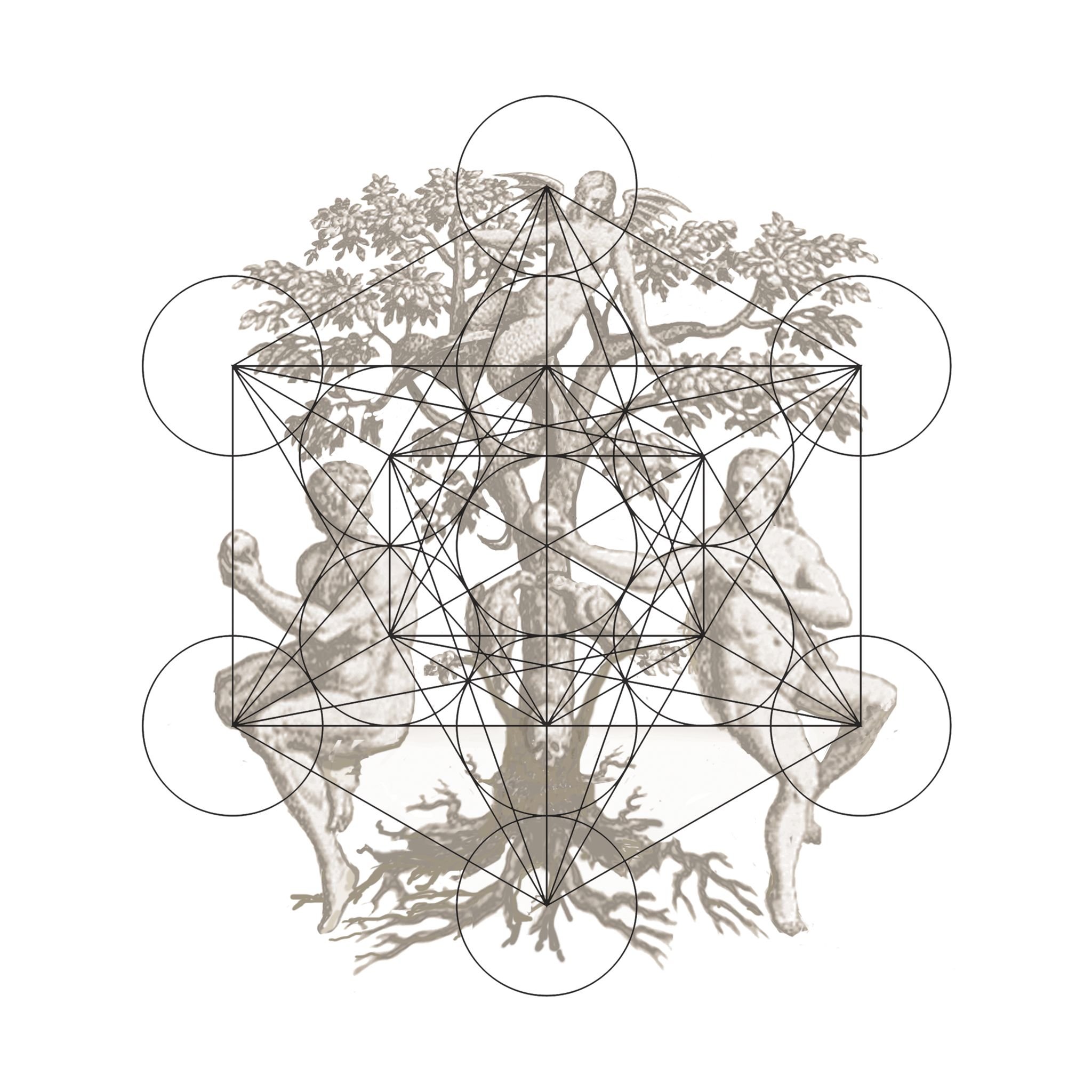
INTRODUCTION :
The exhibition consists of two immersive multimedia installations. Firstly ‘Blue in Amber’ takes loose and partial inspiration from a recently discovered 100-million-year-old chunk of amber which was found in Myanmar containing the head, neck, wing, tail and feet of a hatchling. It was just a few days old when it fell into a pool of sap oozing from a conifer tree. The installation from which the exhibition takes its title, is a small room lit and glowing amber and bathed with two tracks of ambient sound...
Read more/less
The viewer upon entry is perhaps reminded of a setting sun, then drawn in to a small floating blue projected moving image. The images in this work are chosen for what they represent, for example: The revolving Earth, our precious stone, shining jewell like within the void. An image of words handwritten on a page (from the Chopin museum in Valldemossa, Mallorca), the page was unique - the wind could take it, fire could take it, a thief could take it, for Thorp it further enhances a mounting sense of fragility, authenticity and uniqueness marking a contrast to the growing plethora of babble of extensively stored, copious quantities of copied data, that can be transferred across the globe in multiples of a second which seems to epitomise the times that we now occupy. This is lamented further by an image of a satellite dish which was taken by Thorp before the birth of the internet, evoking a sense of nostalgic romance of being able to send signals, but more importantly notable ideas, out into space. We also see an image of an olive tree, grown over hundreds of years. Fossil evidence indicates the olive tree had its origins some 20–40 million years ago in the Oligocene region corresponding to Italy and the eastern Mediterranean Basin. A number of other personal moments are captured, with the atmosphere summed up by the ephemeral appearance of a dancer caught in momentary rotation, representing the urgent preservation of fleeting grace, which is perhaps the signature of the work.
The second installation, titled ‘In Fields of Grace’ consists of a large white fountain, with running water, placed in the centre of a room, created from English lime and Spanish cement. The flowing fountain stands before a monotone moving projection derived from still images captured on a epiphanic journey to a pastoral Tuscan hillside made by Thorp in 1982. A French mountain, a poster of the planets found abandoned on the floor in Rome, montaged with the notes from a music script found in a shop window in Paris, an industrial road, a meadow, a clocktower all feature amongst a plethora of fleeting experiences that mark this rite of passage. The sound of the fountain merges with an audio track of birdsong, a tolling bell and the voices of distant children at play, all recorded in Continental Europe. Fountains in the Middle Ages were associated with the source of life, purity, wisdom and innocence. Thorp says "Born today we appear to be removed from simple truth. Water is god, just as the sun is god. What else really matters? In this work I hope to create a visceral atmosphere that communicates this. Water is beauty itself and without it nothing can exist."
